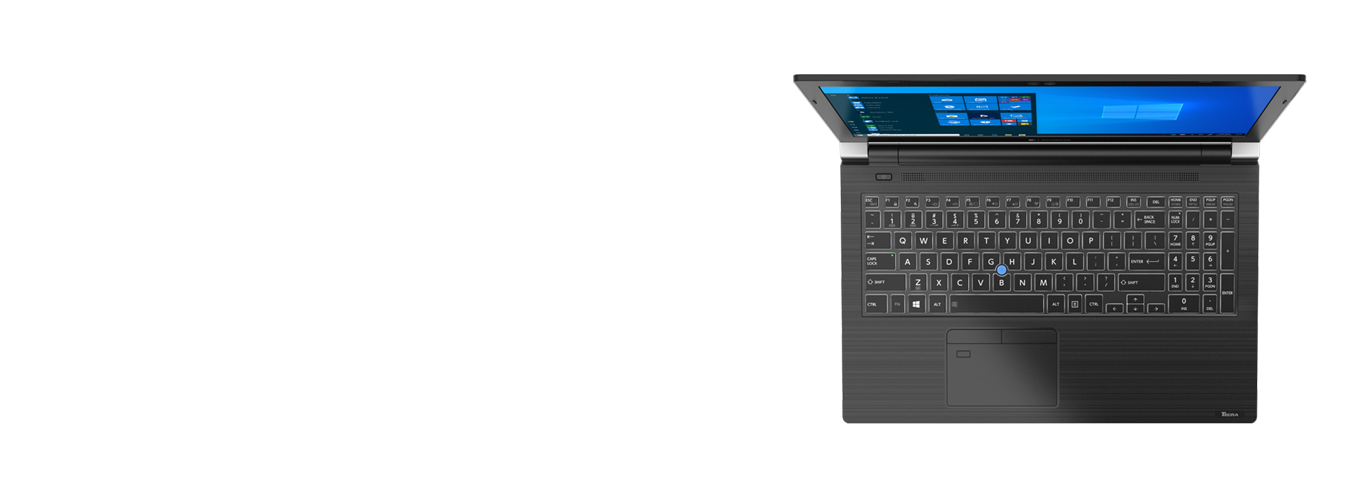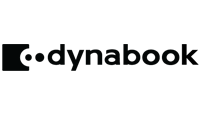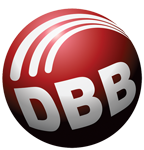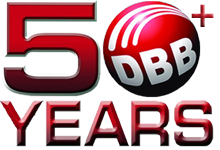
In the rapidly evolving digital age, the tools we equip our students with can significantly impact their readiness for the real world. Two sets of tools that often come up in this discussion are Microsoft Operating Systems and Dynabook on one hand, and Chromebook and Google Chrome on the other. While both have their merits, let’s delve into why the former might offer a more comprehensive preparation for students.
Microsoft Operating Systems: A Window to Professional Tools
Microsoft Operating Systems, such as Windows 10, are widely used in professional environments. Familiarity with these systems can give students a head start when they enter the workforce. Microsoft OS comes with a suite of productivity tools like Microsoft Office, which includes Word, Excel, PowerPoint, and more. These are industry-standard tools used in a wide range of professions, from business to academia.
Moreover, Microsoft OS supports a broader range of software applications compared to Chrome OS. This flexibility allows students to explore and learn from a vast array of professional-grade software that they might encounter in their future careers.

Dynabook: Robust Hardware for Diverse Needs
Dynabook, formerly Toshiba, offers a range of laptops that are known for their durability and performance. Unlike Chromebooks, which are designed with simplicity and affordability in mind, Dynabook laptops are built to handle more demanding tasks. This makes them suitable for advanced learning applications, such as programming, graphic design, and video editing.
Furthermore, Dynabook laptops offer more storage and better offline capabilities than Chromebooks. This can be crucial for students who need to work in areas with limited internet connectivity or who work with large files regularly.
The Limitations of Chromebooks and Google Chrome
While Chromebooks and Google Chrome are praised for their simplicity and ease of use, they may not fully prepare students for the diversity of technology they’ll encounter in the real world. Chromebooks run on Chrome OS, which is primarily designed for web-based applications. While this is sufficient for basic tasks, it may fall short for more complex or specialized work.
Moreover, Chromebooks rely heavily on internet connections. Without it, their functionality can be severely limited. This dependence on the internet may not always mirror the conditions students will face in their professional lives.
In conclusion, while Chromebooks and Google Chrome have their place in education, Microsoft Operating Systems and Dynabook provide a more comprehensive platform for preparing students for the real world. By exposing students to professional-grade tools and robust hardware, we can better equip them for the diverse technological landscape they will encounter in their careers.


